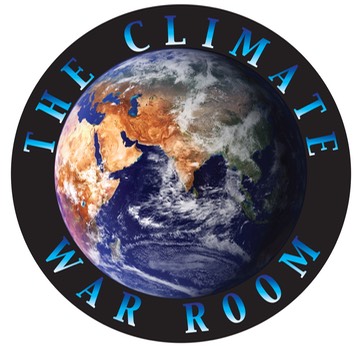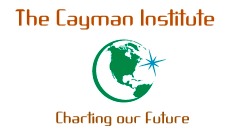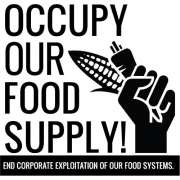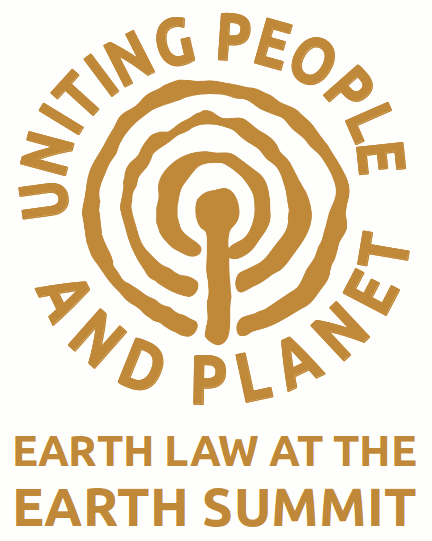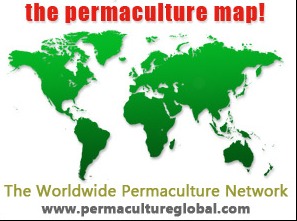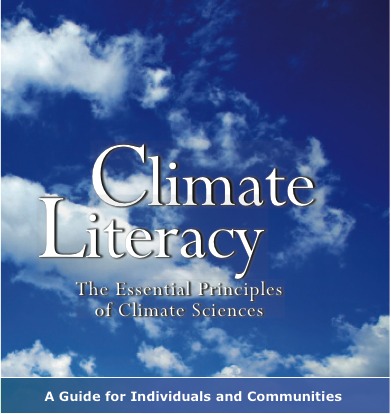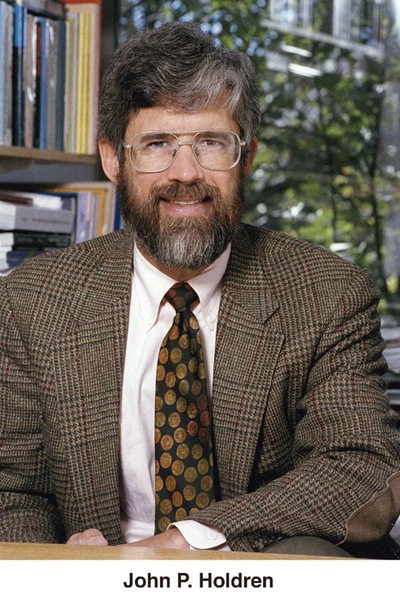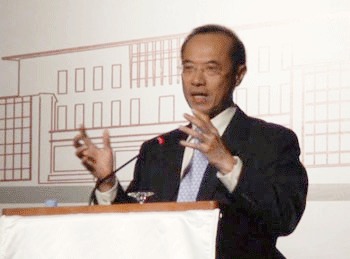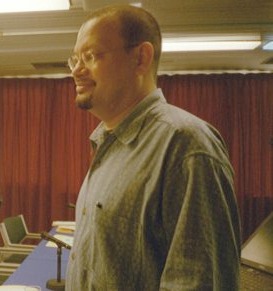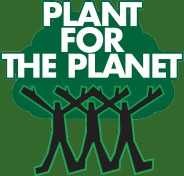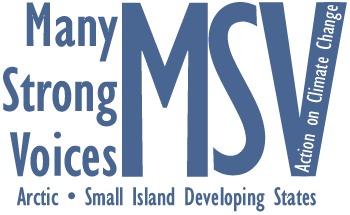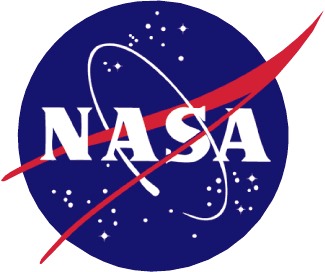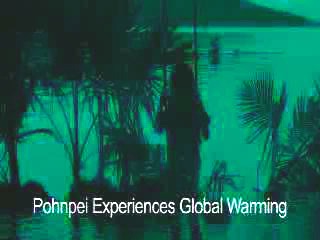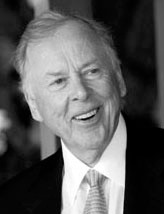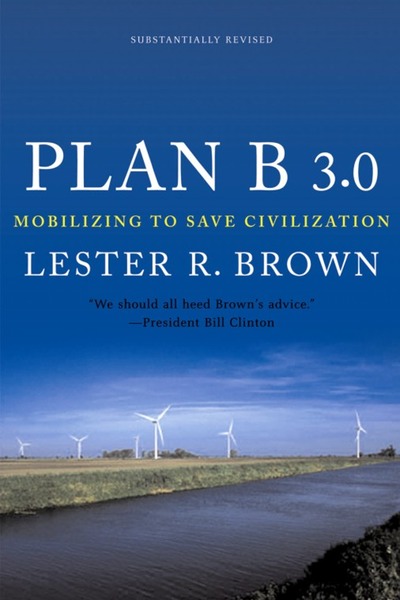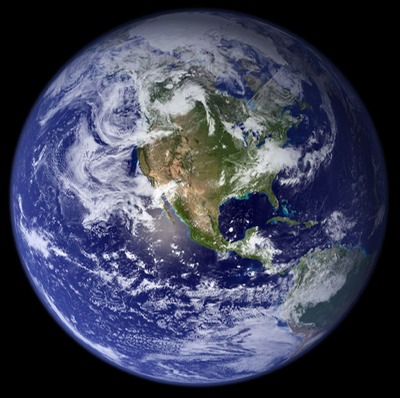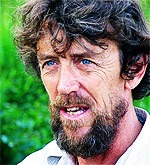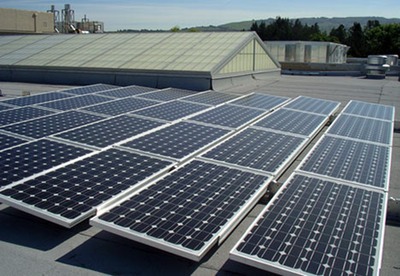Design and Training
Page under construction, check back soon.
About Permaculture
Permaculture is an innovative framework for creating sustainable ways of living: a practical method of developing ecologically harmonious, efficient and productive systems that can be used by anyone, anywhere. Inherent in the Permaculture paradigm is water harvesting which is one of the underlying principles of food security and sustainability. It lays emphasize on harmonious integration of human being, plants, animals and landscape (nature) providing food, energy, shelter and other sorts of material and non-material needs of people in sustainable way. In other words, it is a holistic, integrated system analysis and people oriented sustainable design system and assumes that our own sustainability is dependent on harmonious interrelationship amongst human being, plants, animals and the earth. It focuses on diversity to ensure stability, recycling local resources to minimize external inputs, reviving and understanding traditional practices/wisdom, working with nature and at the same time building up and using local biological wealth. It equally puts emphasis on community empowerment and policy advocacy for sustainable and equitable management of existing natural resources for livelihood of community. Permaculture is an approach to designing human settlements and agricultural systems that is modeled on the relationships found in nature. It is based on the ecology of how things interrelate rather than on the strictly biological concerns that form the foundation of modern agriculture. Permaculture aims to create stable, productive systems that provide for human needs; it's a system of design where each element supports and feeds other elements, ultimately aiming at systems that are virtually self-sustaining and into which humans fit as an integral part.
Permaculture as a systematic method was developed by Australians Bill Mollison and David Holmgren during the 1970s. The word "permaculture" originally referred to "permanent agriculture", but was expanded to also stand for "permanent culture" as it was seen that social aspects were integral to a truly sustainable system. Mollison has described permaculture as "a philosophy of working with, rather than against nature; of protracted and thoughtful observation rather than protracted and thoughtless labor; and of looking at plants and animals in all their functions, rather than treating any area as a single project system."[1]
Permaculture draws from several other disciplines including organic farming, agroforestry,sustainable development, and applied ecology. "The primary agenda of the movement has been to assist people to become more self reliant through the design and development of productive and sustainable gardens and farms. The design principles which are the conceptual foundation of permaculture were derived from the science of systems ecology and study of pre-industrial examples of sustainable land use." 1
Permaculture is the use of ecology as the basis for designing integrated systems of food production, housing appropriate technology and community development. It offers a practical, creative approach to the problems of diminishing resources and threatened life support systems now facing the world. 2
Permaculture is a design system that reconciles human communities with the ecological imperatives of a living planet. Permaculture design may be used to restore ecosystems, create sustainable farms & healthy towns, & promote economic systems that support Earth care.
Permaculture provides an ethical & holistic foundation for sustainable culture. The principles are derived from three basic ethics: Care for the Earth; Care for people; Limit needs & Reinvest in the future
The core emphasis of permaculture is that landscapes are complex and integrated wholes. Ecosystems are healthy & relatively stable when their parts are connected in a diverse web of relationships. In a Permaculture design, decisions flow naturally from observations of these relationships. Decisions that arise from connection are inherently functional & frequently beautiful.
Permaculture uses the energies of wind, sun, water, soil & the myriad biological processes of the world’s organisms. These powerful energies, used appropriately, assist in reclaiming soils. Forest, prairie, & river systems regenerate. waste products are minimal & reused. Human Communities provide for their own needs in small, efficient farms & gardens, allowing the broad landscape to return to health.
Permaculture is a body of knowledge, susceptible to learning & teaching. But it is is also a way of organizing knowledge, a connecting system that integrates science, art, anthropology, sociology, psychology, and the diverse experiences & resources available in any community. 3
Using Permaculture, communities are able to regenerate degraded land, begin the process of recharging their acqifers and combatting erosion and landslides. It increases food and water security as well as creating and maintaining sustainable communities.
